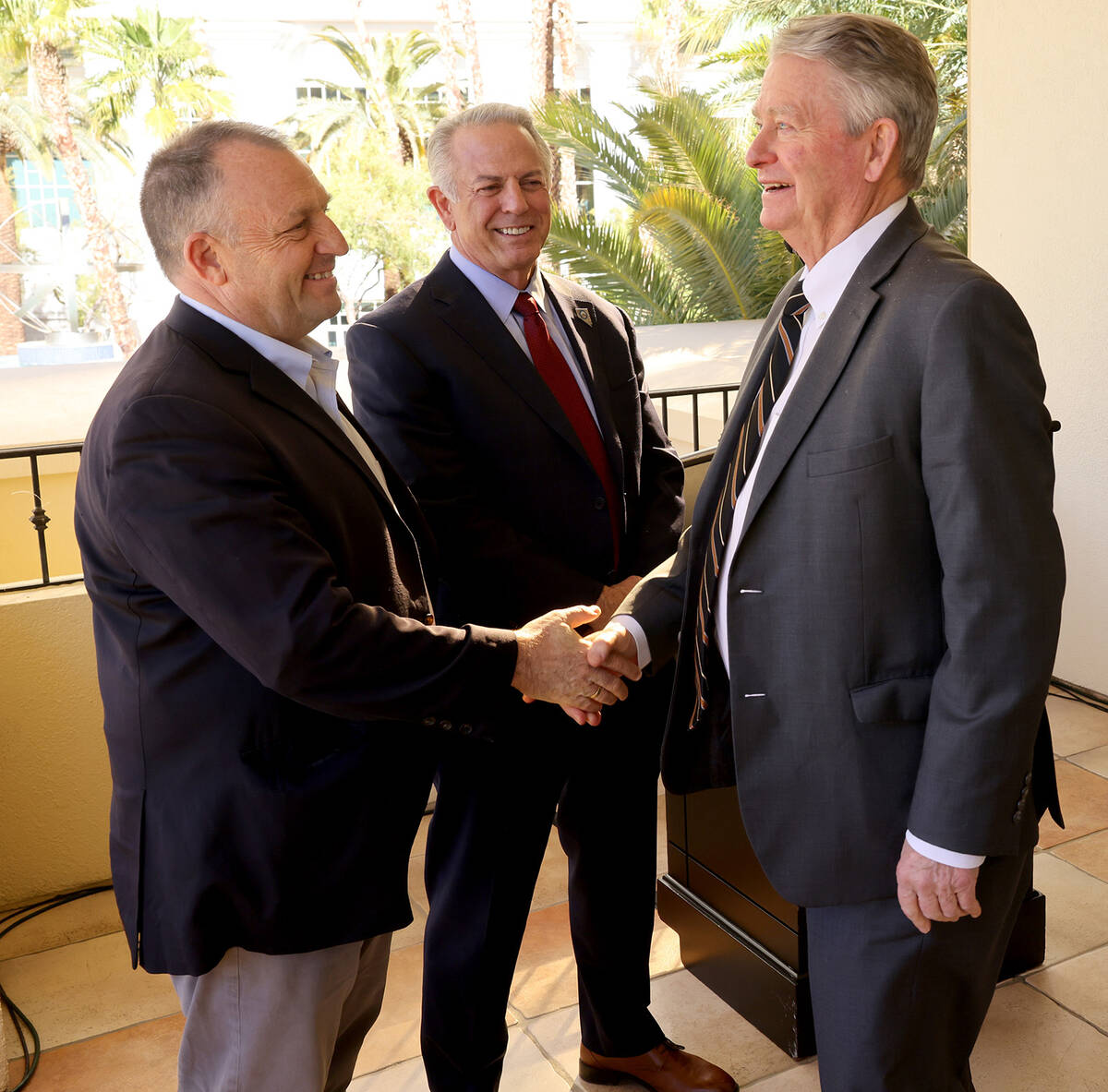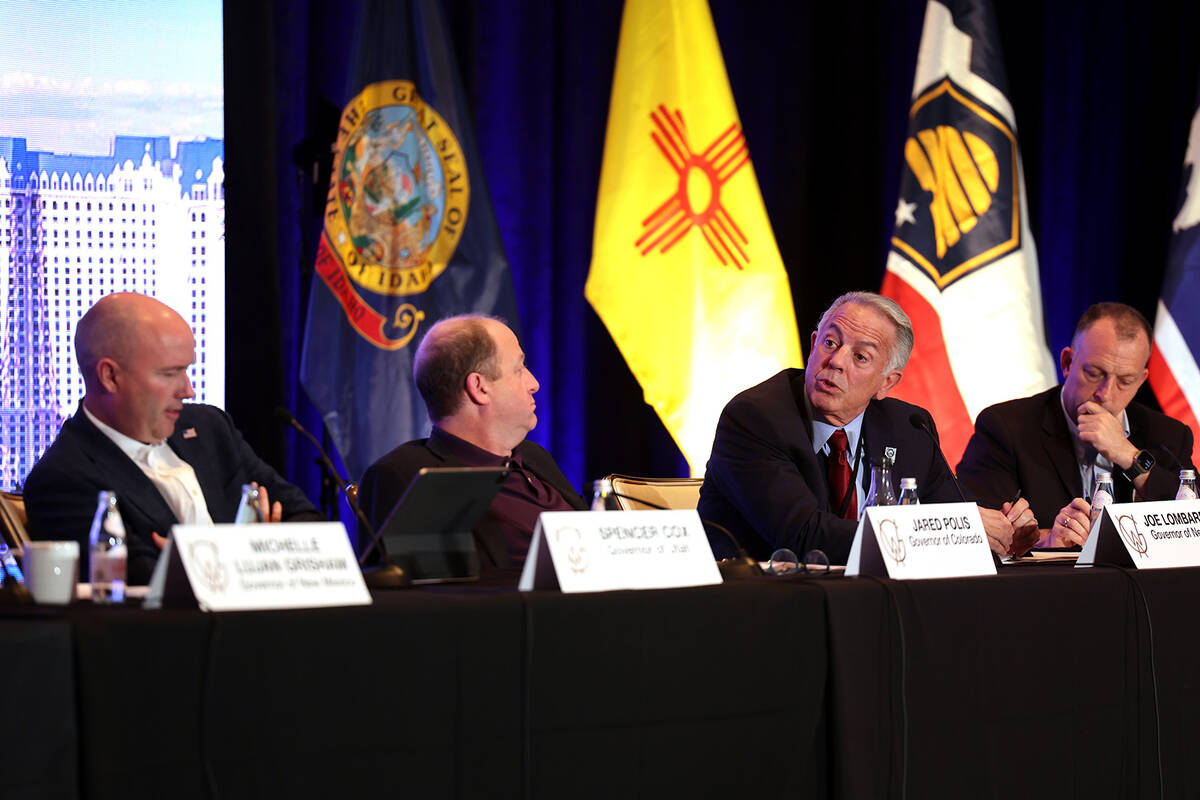Governors weigh in: Can Western states use vast public lands more efficiently?
Many believe that public lands, thought to be the shining achievement of conservation in the West, are the answer to the region’s housing and climate crises. But federal red tape is a barrier to that mission.
The Western Governors’ Association hosted the first day of its winter meeting on December 9 in Las Vegas, with experts and governors taking a stab at the West’s complex public lands issues.
Often what holds up development is the National Environmental Policy Act, a law that requires any development on public lands to go through a rigorous environmental review process with mandatory collection of public input.
To some environmentalists, the law often doesn’t go far enough, laying the groundwork for lawsuits against projects that may affect water resources or endangered species. Industry and government leaders lament that it can take a decade or longer to get any project necessary permits.
“It’s taking 17 years, and that’s a good example,” said New Mexico Gov. Michelle Lujan Grisham, in reference to the SunZia energy transmission line being built between her state and Arizona.
Nevada is in the process of building its own $4.2 billion transmission line, which is needed to transmit power from rural solar farms to urban cities.
“That’s the stuff that we have to get our constituents to wrap their heads around, that they can’t wait for 17 years,” Lujan Grisham added.
Public land debacles rooted in Nevada
Nevada has the highest percentage of federally owned land of any state in the nation, with about 80 percent of the state’s land base belonging to agencies such as the Bureau of Land Management or the U.S. Forest Service.
This year, the BLM released an update to its Western Solar Plan, a document that identifies land where the agency may speed up permitting for solar energy development. Nevada tops the list with the most land designated for solar, causing environmentalists to worry about the water needed for construction of plants.
Two bills to free up more land for conservation and development, the Southern Nevada Economic Development and Conservation Act and the Truckee Meadows Public Lands Management Act, are making their way through Congress.
In brief remarks, Nevada Gov. Joe Lombardo called the federal processes for releasing public land “woefully inefficient.”
Jon Raby, director of Nevada BLM, said Las Vegas has about 25,000 to 27,000 acres of public land that’s been cleared to develop. But he said that’s far from enough to match the growth happening in Clark County.
Raby works closely with both of the other experts on Monday’s panel — developer Jess Molasky of the Ovation Development and Management group and Vince Guthreau of the Nevada Association of Counties — to best address how to balance conservation and development needs.
Molasky’s company was awarded $21.9 million in Clark County housing funds in May for two affordable housing projects. One located in west Henderson on BLM land will feature 390 affordable units for low-income families.
“Making more land available not only in and around the Las Vegas area, but across Nevada and across the West, can have dramatic, positive effects,” Raby said.
Contact Alan Halaly at ahalaly@reviewjournal.com. Follow @AlanHalaly on X and @alanhalaly.bsky.social on Bluesky.




























